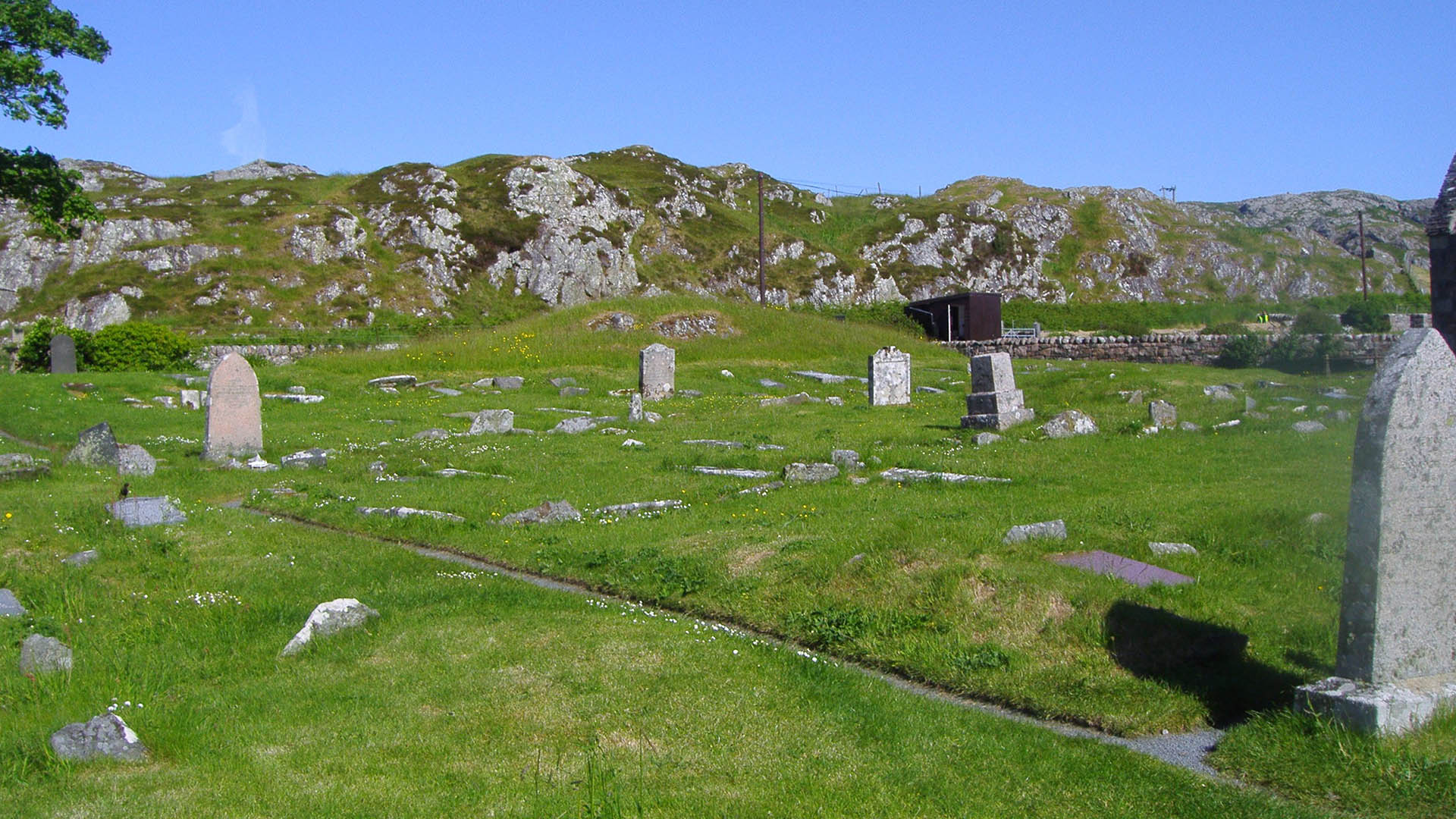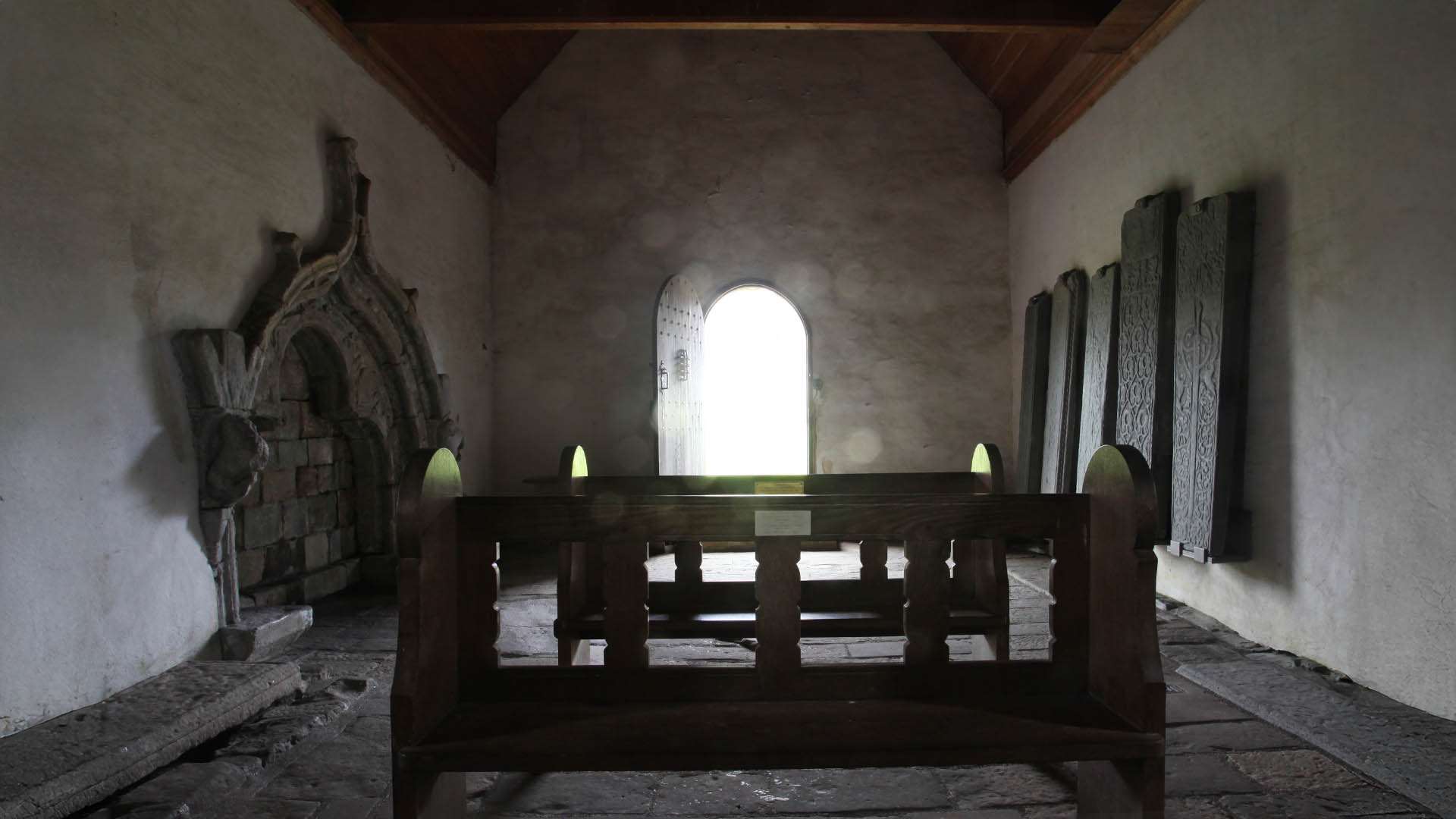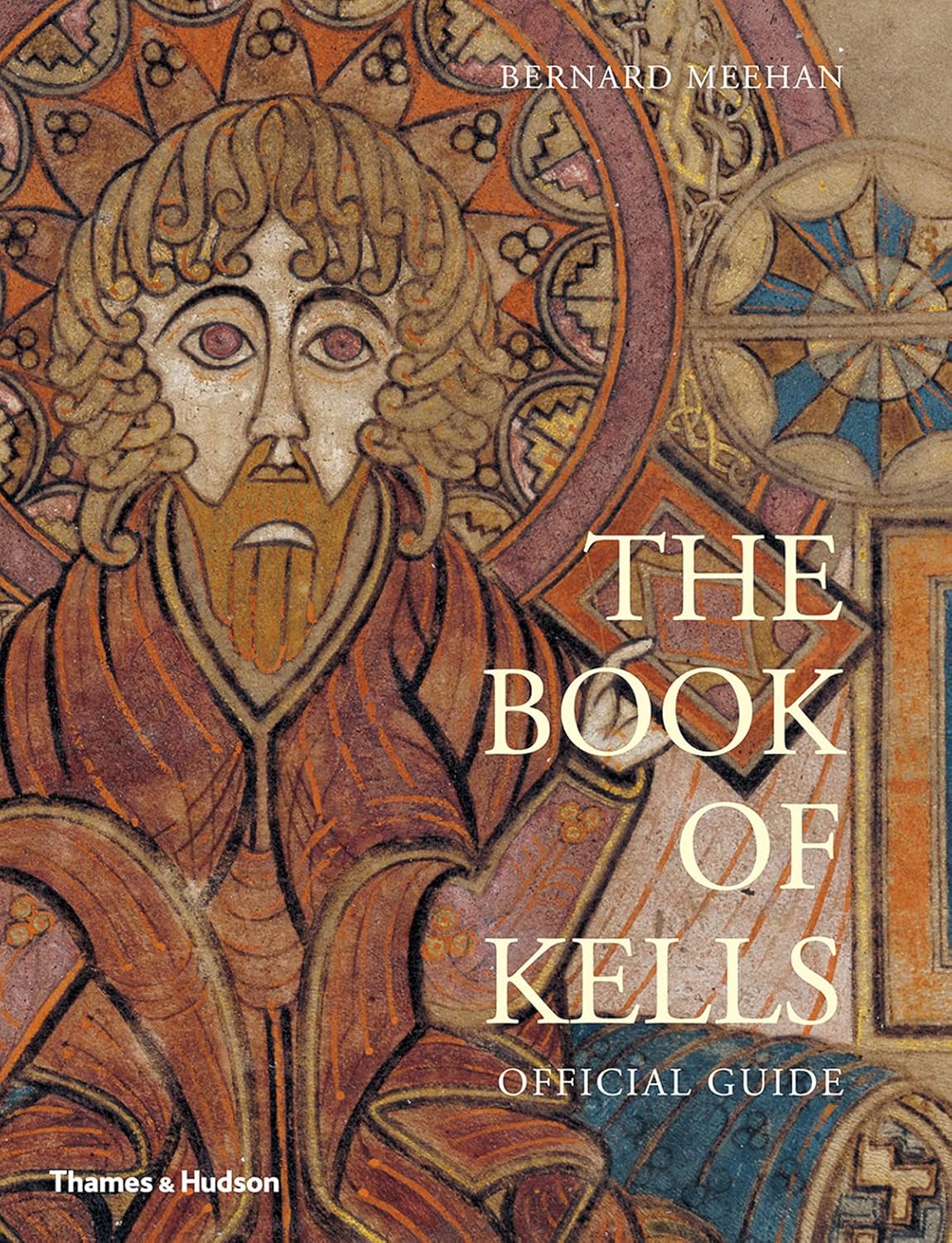Iona Abbey, located on the Isle of Iona off the coast of Mull, is one of Scotland’s most sacred and historically rich sites. Founded in AD 563 by St. Columba, the abbey became a spiritual powerhouse and a revered burial ground for monarchs, clan chiefs, and ecclesiastical leaders. Its legacy spans centuries of religious, cultural, and political significance.
Origins and Monastic Foundation
St. Columba’s arrival marked the beginning of a monastic tradition that shaped early Christianity in Scotland. The abbey became a center for missionary work and manuscript production, including the famed Book of Kells. According to the National Trust for Scotland, the manuscript was likely begun at Iona before being moved to Ireland following Viking raids.
The Book of Kells, dating from about 800, is a brilliantly decorated manuscript of the four Gospels. This new official guide, by the former Keeper of Manuscripts at Trinity College Library, Dublin, provides fascinating insights into the Book of Kells, revealing the astounding detail and richness of one of the greatest works of medieval art.
Reilig Odhráin: The Royal Cemetery
Adjacent to the abbey lies Reilig Odhráin, or Oran’s burial ground, named after one of Columba’s companions. This cemetery is traditionally believed to be the final resting place of numerous early Scottish kings, including:
- Kenneth MacAlpin – regarded as the first King of Scots (source)
- Duncan I – immortalized in Shakespeare’s Macbeth (Find a Grave)
- Donald III (Donald Bane) – the last king buried on Iona (Find a Grave)
- Constantine III – ruled briefly in the 10th century (Find a Grave)
The claim that 48 Scottish kings are buried here originates from a 1549 account by Dean John Monro. While this number is debated, the tradition remains strong. The Isle of Iona heritage site provides context on the burial ground’s royal associations.

Reilig Odhrain (St Oran's Burial Ground) by Euan Nelson, CC BY-SA 2.0, via Wikimedia Commons
Burials Beyond Scotland: Irish and Norse Kings
Iona’s reputation extended across the Irish Sea and into Norse territories. Chronicles suggest that:
- Four Irish kings of Dalriadan origin were buried here
- Eight Norwegian monarchs are also said to rest on Iona
These claims are supported by medieval sources such as the Chronica Regum Manniae et Insularum, preserved in the Internet Archive edition and discussed in the Chronicles of Mann Wikipedia entry.
Lords of the Isles and Clan Burials
In the 14th and 15th centuries, Iona became the ecclesiastical capital of the Lords of the Isles, particularly Clan Donald. Many clan chiefs were buried in St. Oran’s Chapel, which contains elaborately carved effigies and grave slabs. The Clan Donald burial interpretation site offers detailed analysis of slab attribution and burial customs.

St Orans Chapel Iona Interior Colgill, CC BY-SA 4.0, via Wikimedia Commons
Archaeological Evidence and Scholarly Caution
Despite strong traditions, modern archaeology urges caution. No grave markers from the early medieval period survive to confirm royal burials. The supposed interment of Macbeth is considered legendary. Excavations and surveys have revealed:
- Limited physical evidence of pre-11th century graves
- Reuse of burial sites over centuries
The Scottish Archaeological Research Framework provides a case study on Iona’s burial practices and carved stones. The University of Glasgow’s Iona Research Group continues to publish findings from excavations and interdisciplinary studies.
Modern Legacy and Preservation
Today, Iona Abbey is maintained by Historic Environment Scotland and serves as a pilgrimage site and historical monument. The Iona Community, founded in 1938, continues the abbey’s tradition of worship, social justice, and ecumenical outreach.
Conclusion
Iona Abbey remains a powerful symbol of Scotland’s spiritual and royal heritage. While archaeological evidence may be sparse, the cultural memory and historical significance of the site endure. From kings and clan chiefs to monks and pilgrims, Iona’s legacy is etched into the very stones of its sacred ground.

